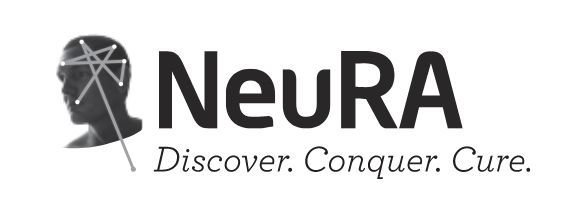This recently updated Cochrane systematic review evaluates the effects of mirror therapy on motor function, pain and visuospatial neglect in people with stroke. Randomised controlled trials and crossover trials comparing mirror therapy with no treatment, sham therapy and other interventions were included. Interventions that used direct mirroring of movement in any format were included. Studies that combined mirror therapy with other interventions were included if at least 50% of the total intervention was mirror therapy. The primary outcome was motor function measured with any scale. Upper limb motor function was prioritised over lower limb motor function. Secondary outcomes were measures of motor impairment, pain and visuospatial neglect. A total of 62 studies (n=1982 participants) were included (57 randomised controlled trials, 5 crossover trials). Mirror therapy was provided three to seven times per week, for between 15 and 60 minutes in each session and for a duration of 2 to 8 weeks. Compared to other interventions, mirror therapy significantly improved motor function at the end of the treatment phase (standardised mean difference 0.47, 95% CI 0.27 to 0.67, 1173 participants from 36 trials, moderate quality evidence). However, these benefits of mirror therapy on motor function did not appear to persist 6 months after the end of treatment (standardised mean difference 1.20, 95% CI -0.78 to 3.18, 88 participants from 2 trials). Mirror therapy significantly improved motor impairment (standardised mean difference 0.49, 95% CI 0.32 to 0.66, 1291 participants from 39 trials, moderate quality evidence) and reduced pain (standardised mean difference -0.89, 95% CI -1.67 to -0.11, 248 participants from 6 trials, low quality evidence) at the end of the treatment phase when compared to other treatments. Mirror therapy was no better than other treatments for improving visuospatial neglect (standardised mean difference 1.06, 95% CI -0.10 to 2.23, 175 participants from 5 trials, low quality evidence). There was uncertainty around some effect estimates due to small samples in the included trials. Future trials with larger sample sizes are likely to increase the precision of the estimates reported in this review.
Thieme H et al. Mirror therapy for improving motor function after stroke. Cochrane Database Syst Rev 2018;Issue 7



